Offtake Valve (Drip irrigation)
Offtake Valve is a fitting used in drip irrigation systems and it is equipped with shutoff valves.
- Shutoff valves can be used to turn off an individual line of drip tape and this helps users choose which pipe they want the water to flow through.
- The offered product is a fitting made with high-quality PVC materials.
- It is easy to connect and disconnect.
- It is UV (ultraviolet ray) resistant, so you can safely use under the sun rays for long periods.
How to use
- Simply punch a hole in the mainline tubing, connect the drip tape end of the fitting and insert the barbed end into the punched hole.
Drip Irrigation Systems
Drip irrigation is sometimes called trickle irrigation and involves dripping water onto the soil at very low rates from a system of small diameter plastic pipes fitted with outlets called emitters or drippers.
Water is applied close to plants so that only part of the soil in which the roots grow is wetted, unlike surface and sprinkler irrigation, which involves wetting the whole soil profile. With drip irrigation water, applications are more frequent (usually every 1-3 days) than with other methods and this provides a very favorable high moisture level in the soil in which plants can flourish.
Advantages of Drip Irrigation
- Fertilizer and nutrient loss is minimized due to a localized application and reduced leaching.
- Water application efficiency is high if managed correctly.
- Field leveling is not necessary.
- Fields with irregular shapes are easily accommodated.
- Recycled non-potable water can be safely used.
- Moisture within the root zone can be maintained at field capacity.
- Soil type plays a less important role in the frequency of irrigation.
- Soil erosion is lessened.
- Weed growth is lessened.
- Water distribution is highly uniform, controlled by the output of each nozzle.
- Labor cost is less than other irrigation methods.
- Variation in supply can be regulated by regulating the valves and drippers.
- Fertigation can easily be included with minimal waste of fertilizers.
- Foliage remains dry, reducing the risk of disease.
- Usually operated at a lower pressure than other types of pressurized irrigation, reducing energy costs.

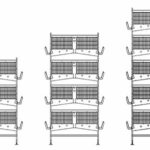


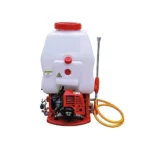
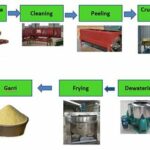
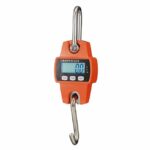
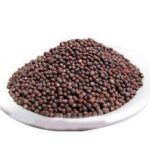









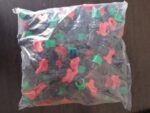

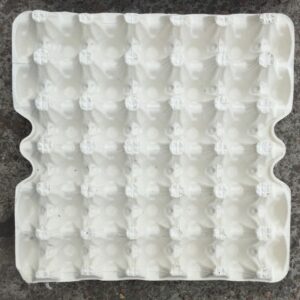

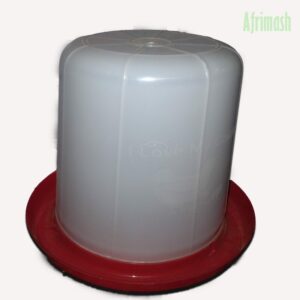
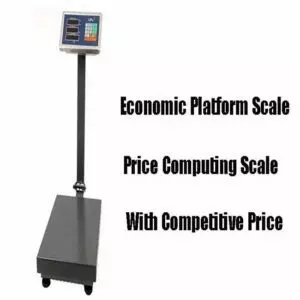

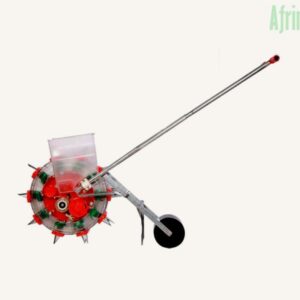
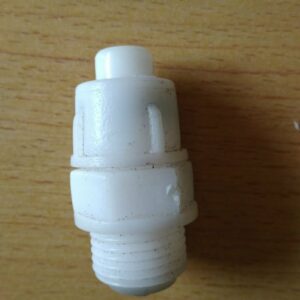
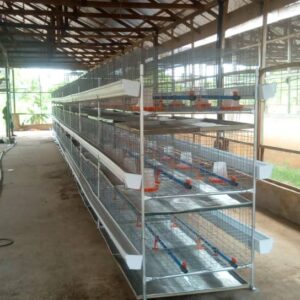
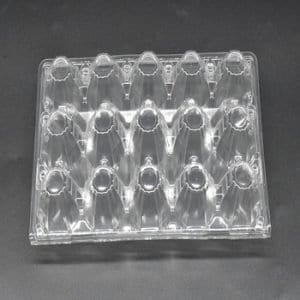
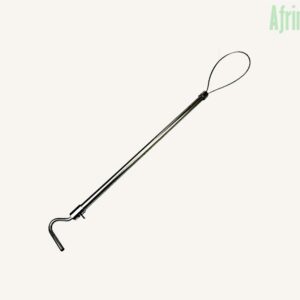
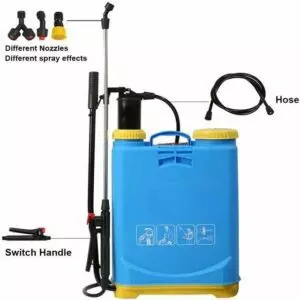
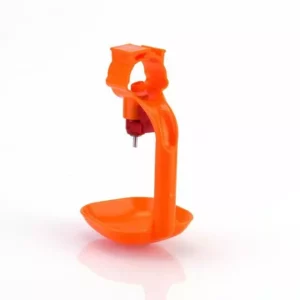
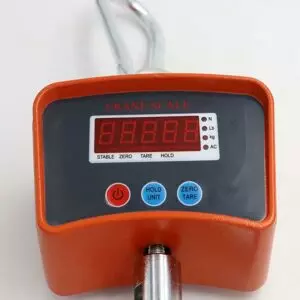
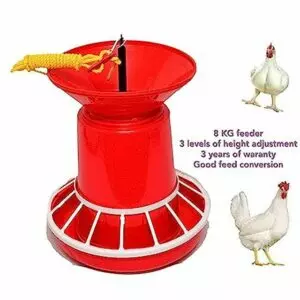
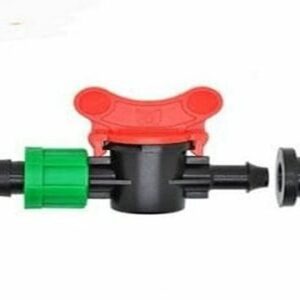
Reviews
Clear filtersThere are no reviews yet.